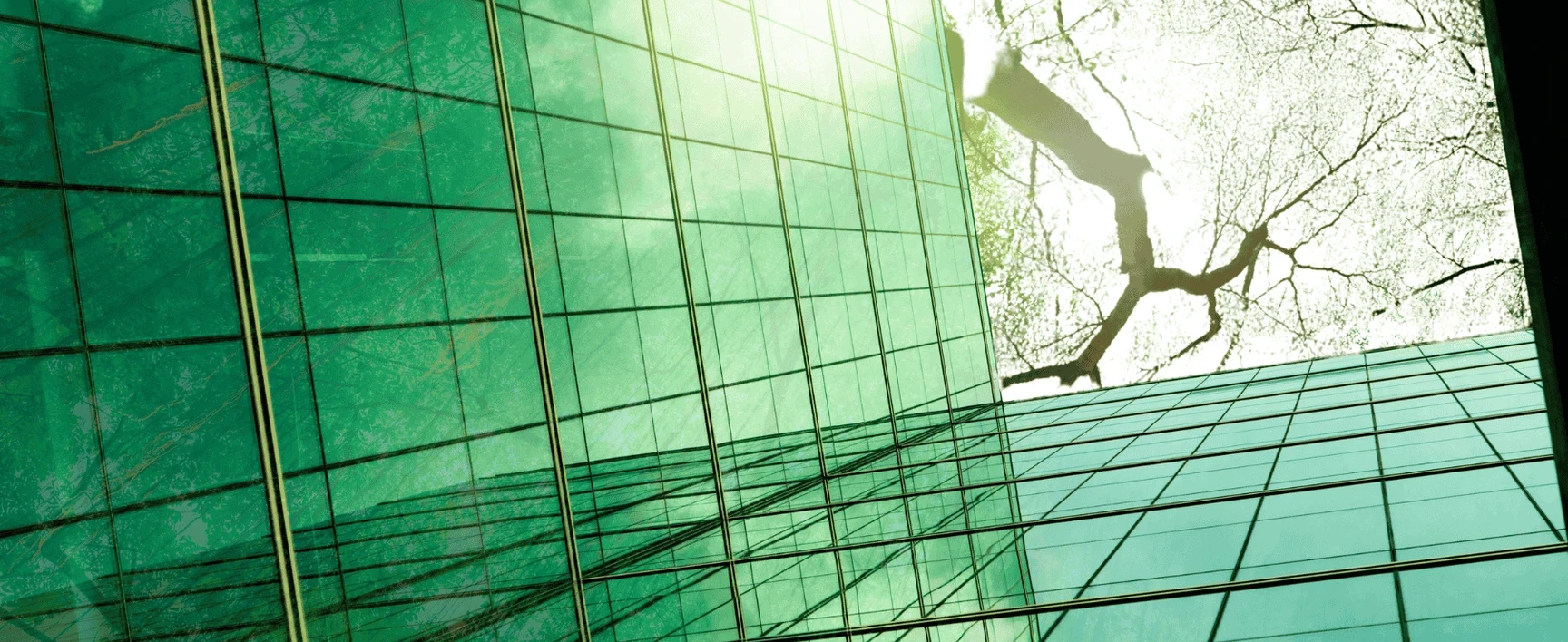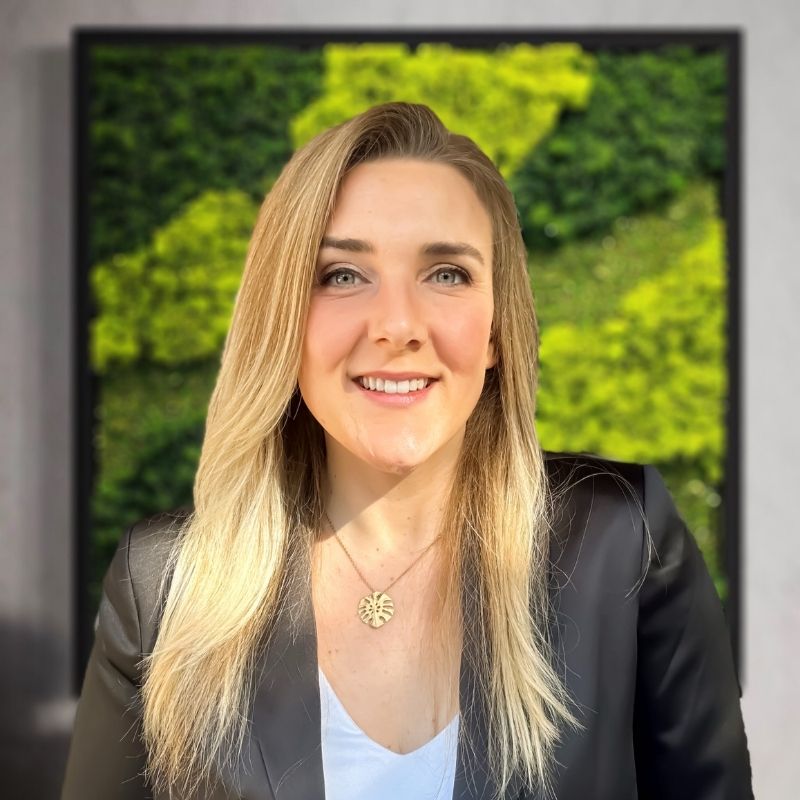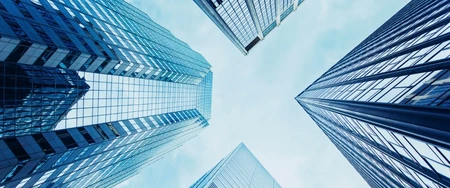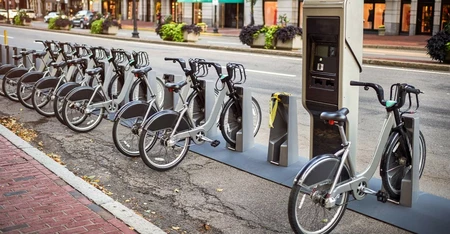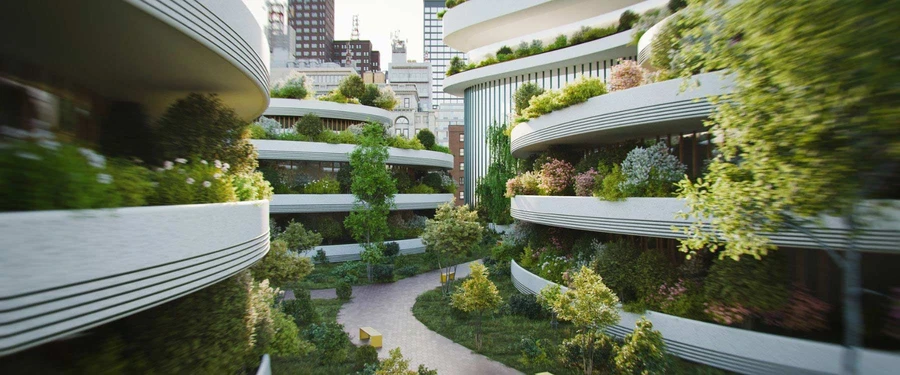LEED v5 is here and it’s redefining what it means to build sustainably. With a stronger emphasis on decarbonization, human health, and climate resilience, this new version of the rating system raises the bar for green building practices.


Whether you're a developer, designer, or sustainability professional, understanding the latest prerequisites and credits is key to staying ahead. Discover the new requirements and what it takes to get certified in this next chapter of sustainable construction.

Leadership in Energy and Environmental Design
What Does LEED Mean?
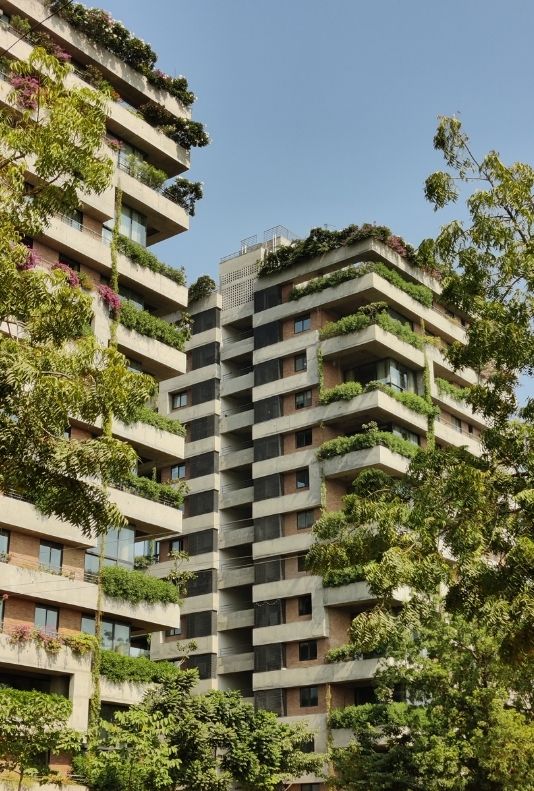
The Leadership in Energy and Environmental Design (LEED) certification is the most widely used green building rating system in the world. Developed by the U.S. Green Building Council (USGBC), LEED provide a comprehensive framework addressing critical imperative for creating healthy, efficient, cost-effective green buildings, while reinforcing resilience across the built environment. It supports sustainability at all stages of a building’s lifecycle — from design and construction to operations and maintenance.
Since its initial release in 1998, LEED has evolved through multiple versions to keep pace with the growing demands of sustainable development and climate responsibility. The current LEED version, LEED v5, represents a transformative update that raises the bar on performance, equity, resilience, and carbon accountability in the built environment.
For developers, owners, architects, and engineers, achieving LEED certification means aligning design and construction with long-term environmental performance and sustainability goals. In a world grappling with climate change, LEED v5 offers a clear path forward for decarbonization, energy efficiency, and ecological conservation.
The Leadership in Energy and Environmental Design (LEED) certification is the most widely used green building rating system in the world. Developed by the U.S. Green Building Council (USGBC), LEED provide a comprehensive framework addressing critical imperative for creating healthy, efficient, cost-effective green buildings, while reinforcing resilience across the built environment. It supports sustainability at all stages of a building’s lifecycle — from design and construction to operations and maintenance.
Since its initial release in 1998, LEED has evolved through multiple versions to keep pace with the growing demands of sustainable development and climate responsibility. The current LEED version, LEED v5, represents a transformative update that raises the bar on performance, equity, resilience, and carbon accountability in the built environment.
For developers, owners, architects, and engineers, achieving LEED certification means aligning design and construction with long-term environmental performance and sustainability goals. In a world grappling with climate change, LEED v5 offers a clear path forward for decarbonization, energy efficiency, and ecological conservation.

What’s the difference between LEED v5 and LEED v4?
LEED v5 introduces significant advancements compared to LEED v4, both in structure and impact. Released in April 2025, its updated scorecards and credit system reflect a deeper commitment to real-world performance and focus more on measurable outcomes and actionable climate solutions.
Here’s what’s changed:
How to Get Your LEED v5 Certification?
Earning your LEED v5 certification demands a strategic, cross-disciplinary effort.
The path to LEED v5 certification begins with setting clear sustainability goals and selecting the appropriate rating system based on your project type. From there, a coordinated team of specialists—architects, engineers, and sustainability consultants—develops a tailored strategy to pursue credits across key categories like energy, carbon, water, human impact and resilience. The process continues through design, construction, and verification, with documentation submitted to GBCI for final review and certification.
End-to-End LEED Strategy and Execution
Built on technical precision and multidisciplinary collaboration, our expert teams at SOCOTEC can guide you every step of the way through a custom LEED v5 journey by:
- Identifying sustainability approaches that align with building design initiatives
- Providing multi-disciplinary teams that help streamline the certification process
- Offering valuable insights that help guide both design and construction teams
- Implementing different sustainability certifications on the same project

Our Services
SOCOTEC’s Holistic Approach to Sustainability & Lifecycle Support
At SOCOTEC, sustainability is part of our mindset. We take a lifecycle approach to sustainability, ensuring every project is built for long-term performance, equity, and resilience. Through the initial certification guidance, coordination, implementation, and promotion of your project, we offer the following related and valuable services:
- LEED Consulting
- Building Envelope Commissioning
- Building Decarbonization & Electrification Planning
- Code Consulting
- Carbon Reduction Analysis
- Energy Modeling and Analysis
- IAQ and Air Leakage Testing
- Assessments and Project Advisory
- Operation and Maintenance Consulting
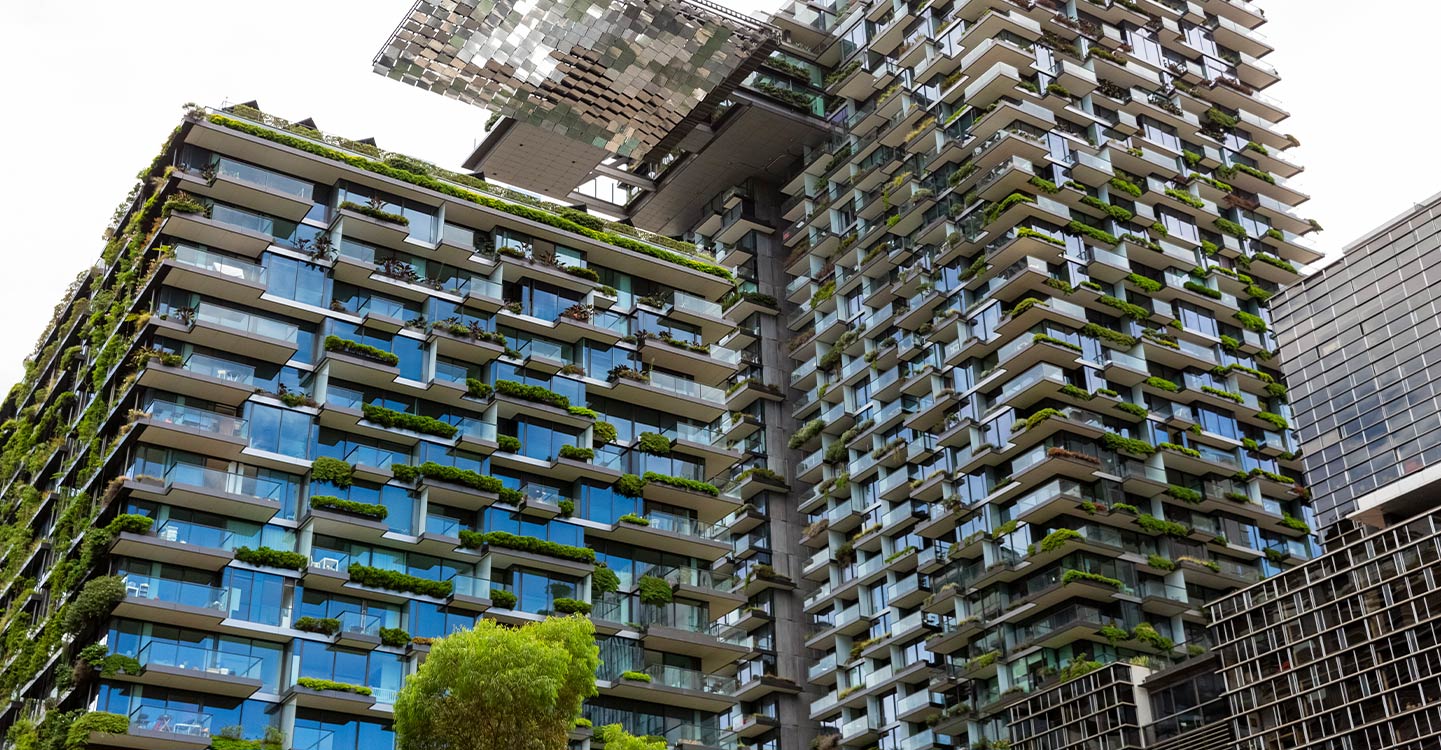
At SOCOTEC, sustainability is part of our mindset. We take a lifecycle approach to sustainability, ensuring every project is built for long-term performance, equity, and resilience. Through the initial certification guidance, coordination, implementation, and promotion of your project, we offer the following related and valuable services:
- LEED Consulting
- Building Envelope Commissioning
- Building Decarbonization & Electrification Planning
- Code Consulting
- Carbon Reduction Analysis
- Energy Modeling and Analysis
- IAQ and Air Leakage Testing
- Assessments and Project Advisory
- Operation and Maintenance Consulting
A few of our sustainability accomplishments include over 500 LEED Certified Projects including:
- 1st LEED Platinum Office Tower in USA - Bank of America at One Bryant Park (New York)
- 1st LEED High-rise Residential Building in USA – Solaire
- 1st LEED Building in NY - Department of Environmental Conservation HQ
- 1st LEED EB Building in NY - The New York Mercantile Exchange
- 1st Net-Zero Energy in the USA - Oberlin College
- 1st LEED v4.1 O+M Higher Education Facility in the USA - University of Miami Herbert Business School (Florida)
- 1st LEED v4 Neighborhood Development: Built Gold in the World - Miami Design District (Florida)
- 1st LEED for Transit Gold in the USA - Lauderhill Transit Center – Fort Lauderdale, FL
- 1st LEED Neighborhood Development in Florida - Northwest Gardens – Fort Lauderdale, FL
Whether you're pursuing LEED certification or transitioning to green building, SOCOTEC delivers the insight and expertise to meet today’s most ambitious sustainability goals. We adapt to local codes, climate requirements and community contexts, whether your project is in Florida, New York, California, or any other state.

Contact our LEED v5 Experts
Ready to navigate LEED v5 with confidence?
Our Energy & Sustainability experts can help you lead the way in green building.

You may also like

Get the latest updates about SOCOTEC, subscribe to our newsletter!
Get the latest updates about SOCOTEC, subscribe to our newsletter!

